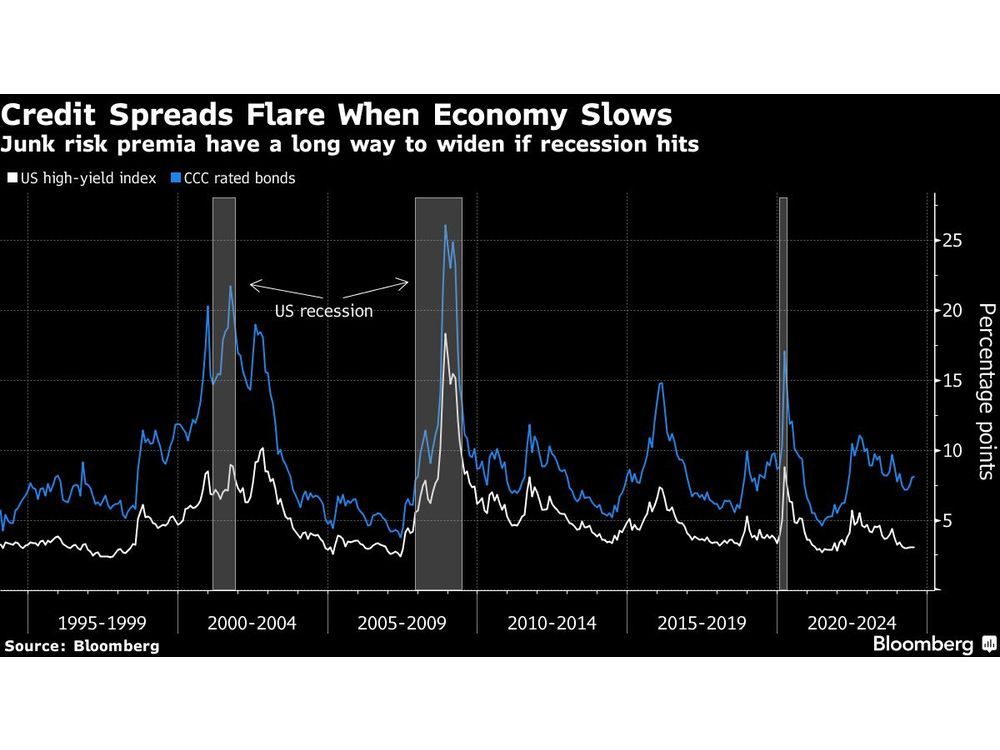Follow us on LinkedIn
To understand how much money a particular product or service contributes to paying down the fixed costs of the business, it’s essential to calculate the weighted average contribution margin.
It is an aggregate figure, calculated by taking the contribution margin of each product or service in a given group and weighting it to reflect its relative importance.
This allows businesses to easily determine how much money they are earning on different products or services.
It can be useful to know the weighted average contribution margin when doing a break-even analysis, as it shows how much profit each product or service must generate for the business to break even.
What is the Weighted Average Contribution Margin?
The weighted average contribution margin is a measure of profitability that indicates how much money a particular product or service contributes to paying down the fixed costs of the business.
It is calculated by taking into account the contribution margin for each item in the group and weighting it according to its relative importance. This allows businesses to easily identify which products or services are most profitable and which ones need to be improved.
The weighted average contribution margin is an important tool for businesses, as it allows them to accurately project their profits for different levels of sales.
It can also provide valuable insight into the overall health of the business and how it could be improved through changes in pricing or other strategies.
Understanding and utilizing the weighted average contribution margin can help businesses maximize their profits and achieve greater success in the long run.
How The Weighted Average Contribution Margin Works
The weighted average contribution margin is a key element of break-even analysis. This type of analysis determines how much sales volume is required to cover the fixed costs of the business.
By calculating the weighted average contribution margin, businesses can determine how much each product or service will contribute to covering their fixed costs. This helps businesses identify which products or services need to be improved to maximize profits.
This is a valuable tool for businesses when they’re making decisions about pricing, marketing, or any other strategy that could impact the profitability of their products or services.
By understanding the weighted average contribution margin, businesses can make more informed decisions and better manage their finances to maximize profits.
Formula for Calculating The Weighted Average Contribution Margin
Calculating the weighted average contribution margin is very simple. By subtracting the variable costs per unit from the sales price per unit, you can determine the contribution margin per unit.
Now to get the weighted average contribution margin, divide the contribution margin by the sales price – this will give you the contribution margin percentage.
This number will be just an estimate of the weighted average contribution margin, but it can be used to get an idea of how much profit each product or service will generate.
Example of Weighted Average Contribution Margin
Let’s say Nick is selling t-shirts in his store. The t-shirts cost him $5 each to produce, including the cost of materials and labor, and he sells them for $15 each.
The contribution margin per unit would be
Sales price per unit – variable costs per unit = $15 – $5 = $10
Now, to calculate the weighted average contribution margin, divide the contribution margin per unit ($10) by the sales price per unit ($15).
This would give a contribution margin percentage of 67%.
Conclusion
The weighted average contribution margin is an important tool for businesses when doing a break-even analysis, as it shows how much profit each product or service must generate for the business to break even. By understanding and utilizing this concept, businesses can maximize their profits and increase their long-term success.
Further questions
What's your question? Ask it in the discussion forum
Have an answer to the questions below? Post it here or in the forum
Meta rolled back January 6-era restrictions on former President Donald Trump's social media accounts ahead of the Republican National Convention.



June saw 75 filings, up from 62 in May and above the pandemic-era peak of 74 in July 2020, according to S&P Global Market Intelligence.

Credit markets are breathing a sigh of relief after inflation data showed price pressures are cooling broadly, but a weakening economy poses fresh risks to corporate debt.